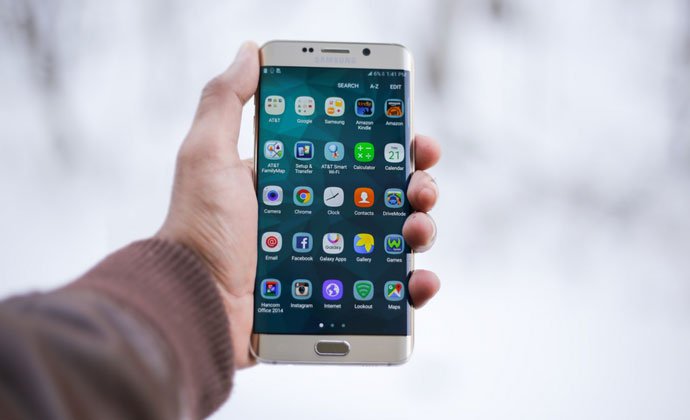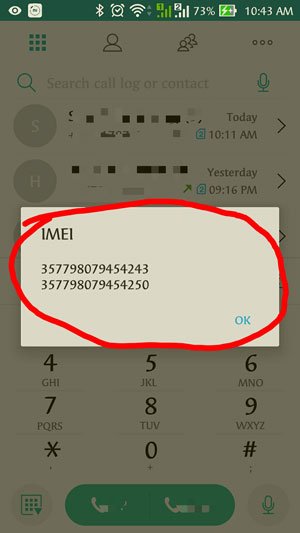Whether you have an iPhone, an Android, or some other operating system, your phone will come with an International Mobile Equipment Identity, or IMEI. This number is important for several reasons, especially if your phone is lost or stolen. By learning more about your IMEI and understanding the role it plays, you can keep your device safe no matter whose hands it falls into. 
What Is an IMEI?
An IMEI is a unique number that’s different on every phone. By giving each phone a unique number, manufacturers have given you the power to tell your phone apart from other devices of the same make. Typically, it’s a 15-digit code made up of a few different signifies.
The first two numbers are part of the country code and vary depending on where your phone was manufactured. The second group of numbers is six digits long and signifies the model of your phone. Together, these two groups make up the Type Allocation Code (TAC) and will be identical on phones of the same make and model. For example, all iPhone 6s Plus phones start with 35-332907.
The next six digits make up your device’s unique serial number, which will be created by the manufacturer during production. Finally, the last group is just one number and is used as a check digit to make sure the printed number is correct.
Why Does Your Phone Have an IMEI?
The main purpose of your phone’s IMEI is to identify your phone. If you’re a fan of cars, think of it like the VIN of every vehicle. This helps to identify a car if it is stolen, and the same is true with IMEIs and phones. Since the number is coded into the device hardware, thieves have an extremely hard time changing or forging new IMEI numbers without ruining the phone.
Because your cellular provider uses your IMEI to verify your network service, they can help out if your phone is stolen by putting a block on the IMEI. This will prevent it from being used on the network (but thieves can activate the phone on another network if the provider doesn’t send out an alert). Police can also track down your phone this way.
Even if your phone isn’t stolen, your IMEI is still valuable. Knowing your IMEI makes it simple to find out if your phone will be compatible with a new carrier. For example, verifying your IMEI with T-Mobile only takes a few simple clicks. If your phone will work with T-Mobile, you’ll be able to take advantage of the nation’s fastest-growing 4G LTE network right away.
How You Find Your IMEI
There are several methods for finding your IMEI. However, the simplest way is to go to your phone’s dialing screen and type in *#06#. The number will instantly pop up on the screen. 
If you have an iPhone, you also have the option of checking out your IMEI on the SIM tray inside your phone or going to Settings, General, and About. With an Android, each phone is slightly different, but try something like Settings, About Phone, and Status to see your IMEI.
For those who have recently purchased a new phone, your IMEI should be with the retail packaging on the label with your serial number.
What to Do With Your IMEI
It’s important to have your IMEI recorded somewhere in case you lose your phone. By that point, it’s too late to look it up on your own.
Consider writing it down on a piece of paper and stashing it away in your desk so that you’ll always have a paper version (keep in mind that a thief might destroy any cloud files you have once they get your phone, so a digital record might not be foolproof). If you bought your phone directly from a provider, they might be able to help you find out the IMEI, but if you bought your phone used, you’re out of luck.
Knowing what an IMEI is and how it works has the potential to save you a lot of trouble in the event of phone theft. You’ll be armed with the information you need to hopefully recover your device.
 TechManik Best Cheap Android Phones and Tablets | Android Apps
TechManik Best Cheap Android Phones and Tablets | Android Apps 

